Queer South Asians on the icons that shaped them: ‘It helped me fall in love with myself’
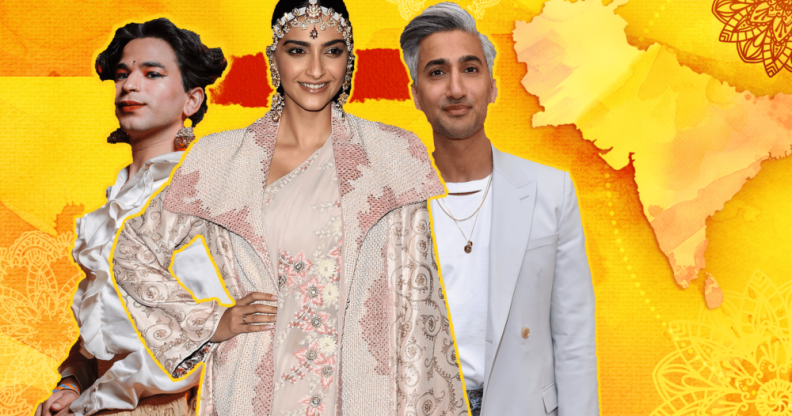
LGBTQ+ South Asians celebrate the culture that changed them. (Getty)
Queer South Asia enjoys a rich cultural history, reaching from the footholds of Hindu mythology all the way to Netflix.
The Indian subcontinent has suffered a fractured history: from colonialism, to Partition, to the scattering of the South Asian diaspora.
However, queer South Asians have endured and folded themselves into the cultural landscape across the world.
For many LGBTQ+ South Asian people, they’ll have a watershed moment in their life when they discover themselves reflected – even partially – on the pages, the screen or the world in front of them.
When Furgie was young, the closest thing to representation was Will & Grace.
“I used to watch it religiously because of Jack who was this flamboyant, eccentric, out there character and I related to parts of him as he was just so authentically himself.”
As a gay Pakistani Muslim, representation in Western media has been few and far between for Furgie, but that changed when Netflix launched their Queer Eye reboot.
“Seeing Tan France, this British Pakistani gay man who loves fashion and is openly out and proud of his identity and around queer folks was just mind-blowingly awesome to me,” Furgie explained.
“I was like wow, so there is space for me, there is someone like me out there and I’m not alone, that was just something that I still carry with myself. He doesn’t know it but him existing as himself and being proud of it just made a huge positive impact in my life.”
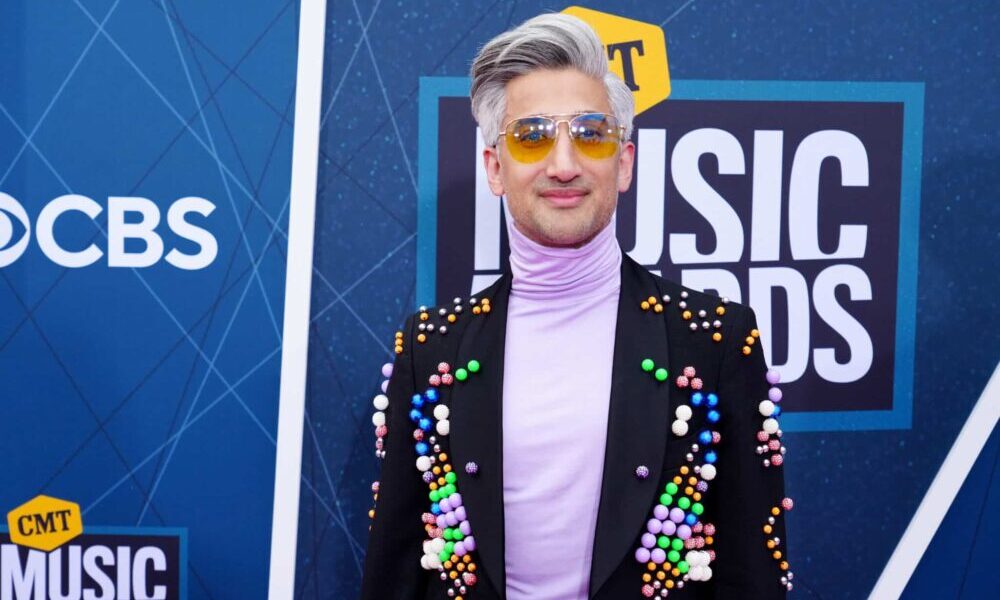
Tan France. (Getty)
Abdul, who also identifies as gay, relates to the feeling of isolation growing up.
“I genuinely thought there was something wrong with me, every step of the way my mind and my surroundings was telling me I shouldn’t exist,” he said.
“For me, the show Love, Victor resonated with me the most. It shows an American-Colombian family who move to a new city, and explores Victor questioning his sexuality and finally accepting it.
The Disney+ series meant more to Abdul because “it isn’t about a white gay boy but about a brown religious family and how his church-going mother deals with her son being gay.”
Outside of TV, Abdul also found himself in the book A Dutiful Boy by Mohsin Zaidi. “It’s one of the best things I’ve read in my life. It’s a biography which talks about growing up queer to immigrant parents from Pakistan, pre and post 9/11, dealing with racism, especially in the 80/90s and exploring his sexuality alongside his religion.
“The book goes through everything from how his parents dealt with his coming out, to going to Oxford and finally finding the perfect man to spend his life with. The book brought me to tears and I felt that I was reading about my life.”
Somriddho who identifies as androgynous, also found a role model to look up to on the screen: Shiva Raichandani, a non-binary British Indian innovating in the creative field.
Their film Queer Parivaar showed at the BFI this year and follows a young trans non-binary lead and an elderly queer character.
“I think the film beautifully demonstrates what it’s like to be South Asian and queer,” Abdul explained, “the struggles we have to face in order to live authentically with both of these facets of our personality.
“I rarely see androgynous South Asians in the media and it made me feel like I’m valid and that my struggles are real and worth being talked about. Most of all it helped me fall in love a little harder with my androgynous South Asian self.”
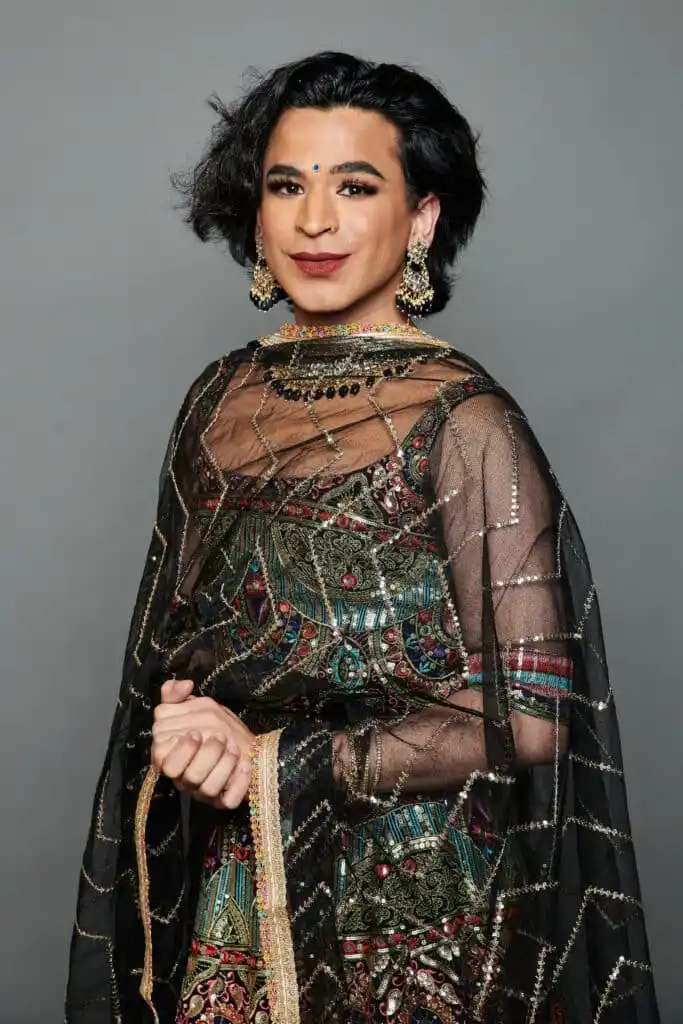
Shiva Raichandani. (Getty)
Outside of the screen, literature has been a source of comfort and escape for so many people, including Aadi. As someone who identifies as gender-fluid, they turned to Hindu mythology to see themselves reflected on the page.
“These mythological stories of ‘sex change’, like Shikhandi and Vishnu becoming Mohini, have always resonated with me,” she explained, “because as a gender-fluid person I often wish I could shape-shift to align my body to the gender I am in a certain moment.
“Seeing gods I pray to, like Vishnu, presenting as gender-fluid helped me find solace in my own culture and understand that as a religious person, my queerness isn’t against but a part of my relationship with god and the culture around me.”
They added: “I think South Asian queer representation is important so we can find acceptance in our own culture, instead of having to adapting to foreign cultures simply because they are more queer-friendly.”
The world is ready to put South Asian LGBTQ+ talent in the spotlight
For Aditya, a queer Indian poet and activist, he first saw himself in stanzas of poetry across the Indian subcontinent.
“I really admired Alok Vaid-Menon. I followed their work before they received mainstream attention, I remember when I saw them getting recognition, I thought it was finally possible. The world is ready to put South Asian LGBTQ+ talent in the spotlight.”
“Over the years, I’ve interacted with various south Asian queer poets like Hoshang Merchant, Akhil Katyal and, of course, Vaid Menon,” he continued.
“They have paved the way for someone like me. The more exposed I have become to the world of South Asian queer literature over the years, the more intrigued I am to explore and to write more.”
This little poem is mine and was written after a difficult day. pic.twitter.com/KzgjnkZBAT— Nikita Gill (@nktgill) June 8, 2022
Poetry also changed the life of Henna when they first discovered poet Nikita Gill.
“I grew up reading old white poets at school and university which turned me off poetry for a long time. Nikita Gill opened my eyes to a more liberating, inclusive and accessible poetry through The Girl and the Goddess, which is written in verse,” they said.
“I cried tears of joy at seeing a character so similar to myself – a young bisexual woman on a journey of self discovery trying to figure out how sexuality and spirituality fit into her life.”
After reading Gill, Henna began a journey of self-discovery: “It’s made me seek out the other books I wish I’d had growing up: The Henna Wars, Stories for South Asian Supergirls and Burning My Roti: Breaking Barriers as a Queer Indian Woman.“
Queer Bollywood film was a ‘poignant moment’
On the screen, Henna also remembered the first queer Bollywood film they watched. “Ek Ladki Ko Dekha Toh Aisa Laga was the first Bollywood film to portray a lesbian couple,” she explained, “and it was a poignant moment in film history.
“It retained its Bollywood aesthetic but the sapphic storyline strayed far from the classic Bollywood I watched as a kid, and soon rejected for a while because of problematic tropes. It was refreshing and affirming to watch two South Asian femmes in love.”
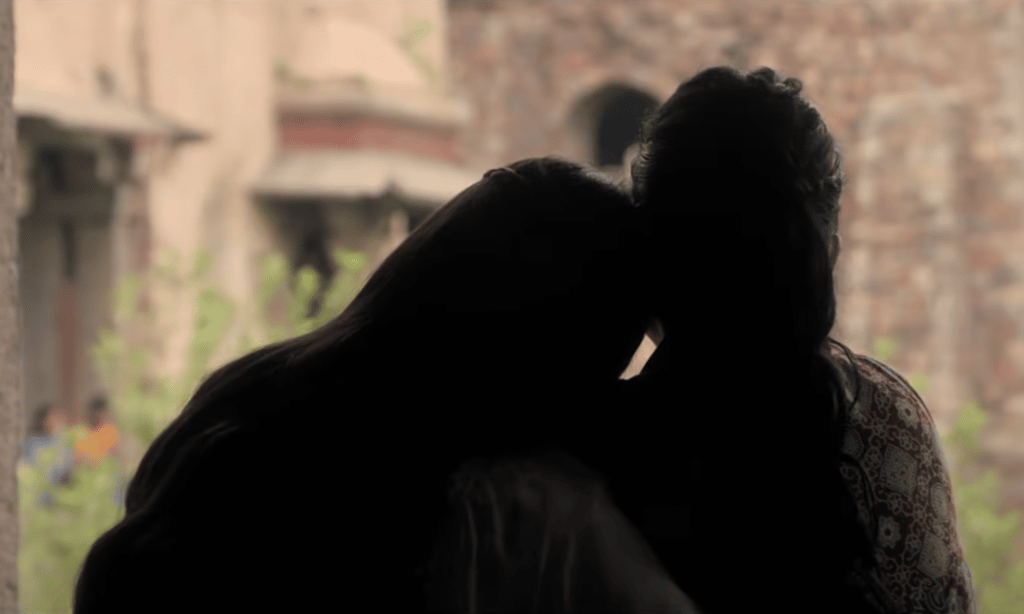
Ek Ladki Ko Dekha Toh Aisa Laga. (YouTube/Star Studios YouTube)
Samia, an aroace Bangladeshi woman, was moved by a manga series called One Piece which follows the plight of Nico Robin after she is forced out of her home.
“Seeing a lady with dark skin be uprooted from her home with no choice and demonised for being who she is finally finding friends who will go to hell and back for her was so moving, because when I first read it I was just a lonely kid without many people who would do that for me.
“Obviously as a South Asian queer there’s so much double standards in terms of queerness and colourism and everything in between and it’s so hard finding a community of people who actually understand.
“She inspired me to take a better interest in history and showed that no matter how long it’s been it’s possible to find that group of people who will protect you.”
Outside of South Asian media, Arish, a queer man, found himself in the words of Guapa by Saleem Haddad. “It is the story of a young gay man learning to exist in a society where his identity is marginalised and possibly criminalised. Despite this, he continues to try to find a way to survive and do some good in his world.
“Although this novel isn’t based in South Asia, the fact that it takes place in an unnamed Arab country, and that the main character goes to live abroad for a while and struggles doubly as a gay man and a person of colour, made it quite relatable to me. For me it showed queer identities can connect and unite us across the artificial concepts of ethnicity or nationality.”
There’s still a long way to go on South Asian LGBQT+ representation in the mainstream
Despite the increasing wealth of queer South Asian culture, there is still a long way to go for people to feel fully accepted and represented. Since Bollywood released Ek Ladki there has been improvements in LGBTQ+ inclusion but it has not gone far enough.
“The blatant refusal to hire queer artists for said media makes me feel less supported and more exploited,“ Aadi explained.
“I hope we soon arrive to a future where queer artists can make and participate in queer media without having to witness cisgender and heterosexual perceptions of our life experiences.”
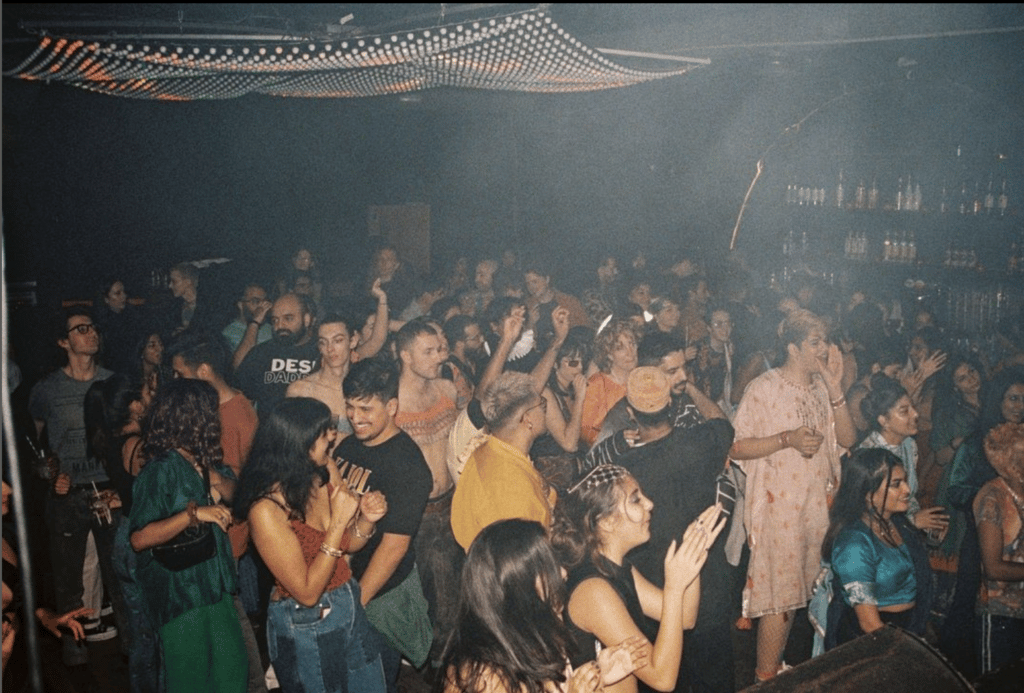
Hungama: A Queer Bollywood Night. (Instagram/Hungama_ldn)
Meanwhile, Henna believes strides are being made in the UK.
“We’ve seen queer Bollywood club night Hungama come about. They’ll be at Margate Pride Festival on 13 August, then UK Black Pride on 14 August. This is the kind of representation, and inclusive, safer space we need more of as LGBTQ+ South Asians.“
“It’s such a lonely journey to be queer and South Asian and if you don’t see yourself represented in a positive way, it just adds to that loneliness,“ Furgie added.
“I don’t want to see a story where a South Asian character is queer and decides to leave their religion or culture behind, that’s not accurate or positive and I’m tired of it. Give us love stories, give us adventure, give us joyful supportive families and friend groups.“

